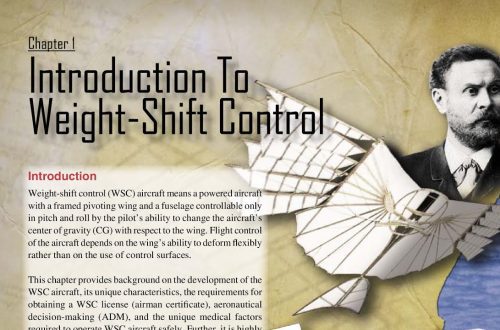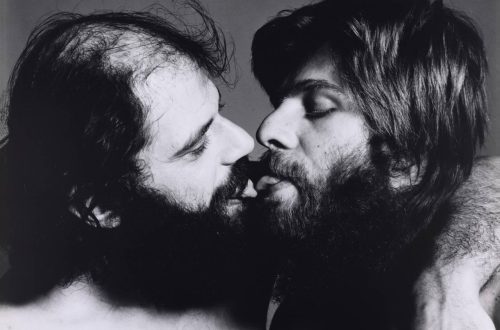
How to master a confident canter and stop being afraid
Almost every rider faced the problem of landing at a gallop at the beginning of his journey. Shakes, falls somewhere, I want to squeeze my fingers with a death grip on the saddle or mane, just not to roll off the horse’s back, especially if the horse is not a soft sofa. But all the difficulties are solvable, you just need to understand where to start.
We want to clarify that it is best to apply all the tips and learn to canter on a reliable calm horse with a soft canter when you are held on the lunge and you can focus on your sensations without being distracted by controlling the horse and maintaining the gait.
Basic Tips
1. Do not get hung up on the process of driving. This is really difficult, but you need to relax and exhale as much as possible. Two paces of the gallop – inhale, two – exhale. You can sing songs or recite poetry. This is a common practice, and it’s not so important what exactly to do – at least quote the chapters from your favorite book out loud or count the trees and bushes around. The whole problem lies in the fact that when a person is not used to this gait, he involuntarily begins to use the brain to control the body while riding, not allowing the body to work on its own in time. Trying to ride “as expected”, the rider is late, flops and becomes more and more pinched. As a result, you just need to turn off the rider’s head from the process of riding, occupying the brains with something else. From clamped, no matter how ridiculous it may sound, the brain of the muscles should not expect elasticity and proper operation. From a clamped canter, the rider will only get pain in the back and neck, as well as an extra load on the horse’s back.
2. Be aware of your natural reactions to a stressful situation. Whether the rider wants it or not, one of the most common mistakes is leaning forward in fast gaits when the rider automatically tries to curl into a fetal position. This is especially true when at the initial stage you have to hold on to the saddle. Hands seem to pull the person forward and down, forcing them to literally curl up. How to avoid this? Reluctantly lean back. By leaning back and using the arms as the shrouds of a suspension bridge, it will be easier for the rider to work with the lower back. This measure is temporary, and, of course, it is wrong to drive in this position all the time. But as soon as the rider feels how to work the lower back, and sits firmly in the saddle, he can begin to gradually straighten up, taking on a classic seat.
This also includes riding without stirrups. At first, such seemingly comfortable stirrups can become a hindrance, aggravating an already unstable situation. Very often, beginners tense their leg muscles, imperceptibly getting up on the stirrups, rising above the saddle, and along with the leaning forward, the novice rider deprives himself of the balance. And without stirrups, the weight of the rider’s legs will push him more firmly into the saddle, which in itself will provide more stability.
3. Do not rush to gallop without hands. First, you should put yourself in the saddle, after which the need to hold on will disappear by itself. And if there is an urgent need to urgently let go of the saddle, you should never do it abruptly. Smoothness and regularity – at first, just unclench your fingers in turn, only then trying to take your hands one at a time from the saddle. Little by little, allowing yourself to get used to it. The desire to develop faster is good, but do not forget that any business should be approached wisely. And haste in this case can only throw the rider a step back, slowing down the learning process.
Exercise can also help you get a stable canter seat. To reiterate, canter exercises are best done on a calm horse with soft gaits that is accustomed to the varied movements of riders on its back. It is highly desirable that you be held on the line by a trainer, instructor, or at least an experienced friend. So much safer, you are not distracted by the management of the horse and control over the gait, and the person from the ground will tell you if you are doing everything right.
As soon as the rider has felt the minimum confidence that right now he does not plan to fall, and can free at least one hand, you can begin to try the exercises.
Exercises
1. Having freed one hand, you need to take it straight to the side and gently turn your whole body, smoothly put your palm on the horse’s croup from above. This position will help to feel the oscillatory movements that the horse’s back makes and the rider’s loins should make. It should be done in both directions in turn, preferably changing the direction of the canter in the same way.
2. Already confidently doing Exercise 1, you can move on to the next step. The rider cannot ride all his life with his hand on the horse’s butt, therefore, you should start to straighten up. This is done from a position with support on the arm, slowly raising the palm above the body of the horse and smoothly straightening the body. No need to try to sit straight on the first circle, it will be enough just to stop touching and only feeling confident in this position, you can already turn the body to the normal position and return the hand back forward. The main thing is smoothness, no need to “be heroic”.
3. In addition to all of the above, distraction will help to free your hands completely and liberate yourself, as we talked about in the first part of the article. Already have one hand free and you don’t fall anywhere? Excellent. Do not forget to slightly tilt the body back, but at the same time we remain in a normal fit and adjust our own collar (helmet, belt, pigtail, etc.) with our hands. The longer the action takes, the better. At the same time, in parallel with all this, one should not forget that you can try to let go of both hands. However, it is worth remembering that you should not do something with them right away. Try to unclench the fingers of both hands, holding them next to the saddle, as gradually as with one hand, removing both further and longer. Ideally, removing both hands from the saddle, it is necessary to achieve the opportunity with both of them, for example, to remove and put on the hood, while still sitting at a gallop.
4. There are small general instructions that can hardly be called exercises and that it makes no sense to write each one in a separate paragraph. Do not forget about the training trot and walk. It is worth listening to your feelings at a good wide step (closing your eyes and relaxing) and trot. It is extremely important not to forget the need to look forward or even slightly up. Imagine that you have an obstacle in front of you, look for it with your eyes and in no case look at the ears or neck of the horse, and even more so at your hands.
Don’t get too upset when something doesn’t work right away. The gallop is not as terrible as it is sometimes said to be. This is a wonderful comfortable gait that gives the rider a sense of flight and oneness with the horse. Patience, self-improvement and perseverance will help to cope with all difficulties!
 Kulikova Varvara 3 February 2020 city
Kulikova Varvara 3 February 2020 cityAs for the first tip. When I get nervous, I sing different songs. Really helps) Reply
 Kulikova Varvara 3 February 2020 city
Kulikova Varvara 3 February 2020 cityAs for the first tip. When I get nervous, I sing different songs. Really helps) Reply





